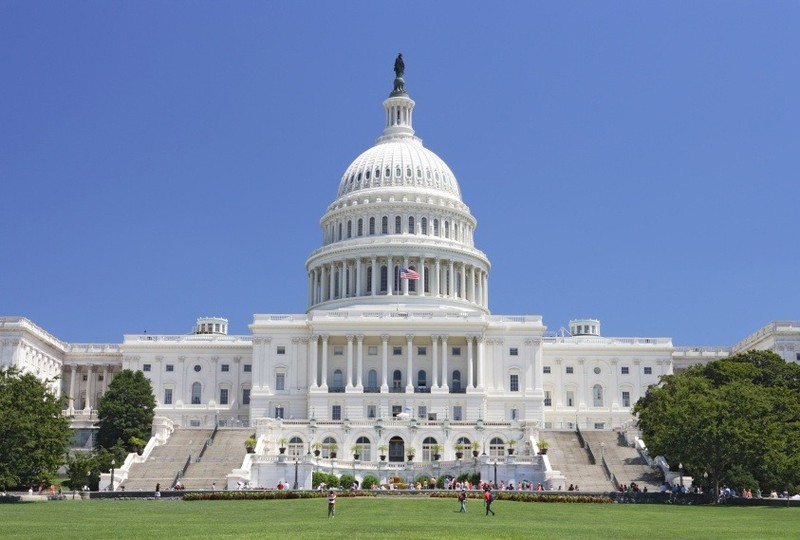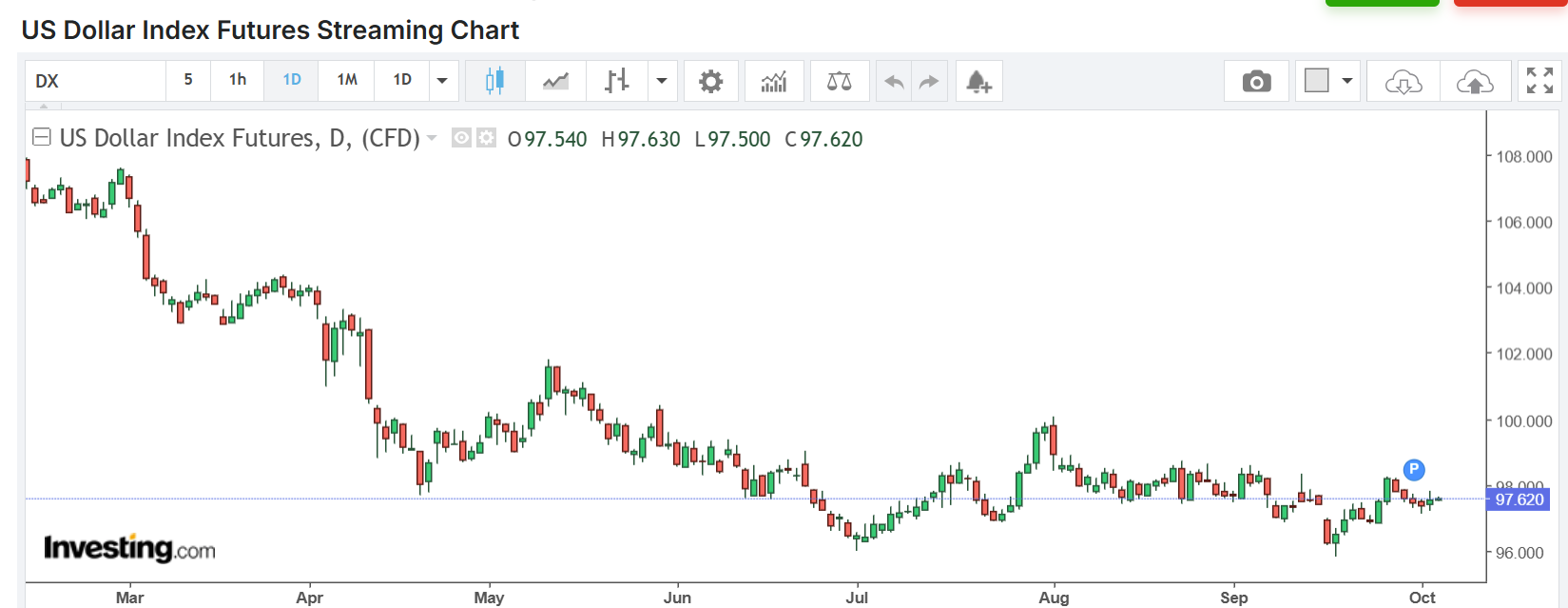Why the US dollar couldn’t rally this year
The US dollar’s inability to rally this year when assessments of ‘risk’ have increased may be an early sign that there’s not so much of privileges left for the US.

US Government Shutdown Pushes Dollar Lower for Fourth Day
How should we view the government shutdown in the US? After all, how many governments around the world shut down, even if only temporarily? But while our heart may say that the shutdown should weigh on the dollar and other US assets, our head may be telling us that it does not really matter. In fact, it might even be seen as a good thing if it helps remove unnecessary fat from the federal government. Steven Barrow, Head of Standard Bank G10 Strategy, said this ‘head and heart’ conflict runs through much of the Administration’s policies and that leaves us a bit conflicted when it comes to the outlook for the dollar, even after the government has reopened again.
We have spoken about this issue of head and heart before in the context of other Administration policies. In short, many things that the US Administration is doing appear extremely negative for the US dollar when viewed from the heart, but perhaps not so bad, or even bullish, when we let our head rule our heart. We’ve just mentioned that a temporary government shutdown hardly inspires confidence and the same can be said for other actions by the Administration such its policies on trade, the budget and migration, with perhaps the worst of all being political pressure on the Federal Reserve.
However, the question is whether hard-nosed FX traders and investors are prepared to go with their heart on these issues and sell the greenback, or do the opposite because their head tells them that these things are not really important. Instead, what is important is that tax cuts will spur stronger growth, that tariffs will benefit US companies relative to their foreign peers and that reduced immigration will stem the flow of remittances out of the country.
Even in the case of the Fed, it might be argued that while political pressure is unwelcome, the President is simply pointing the way on rates and the Fed will ultimately follow (as it has done already) even without any political pressure. Perhaps a key issue in this head over heart conundrum is the status of the US and, in particular, the leading status of its assets, notably the US dollar and treasuries.
If the US’s dominance in these areas remains unquestioned, the market is more likely to turn a blind eye to the somewhat nebulous issues of government shutdowns, Fed independence and more and, instead, focus on the hard facts that the Administration’s policies are likely to benefit the US economy relative to others over the long haul. If this were a different country, we might be concerned that actions such as government shutdowns, excessive fiscal stimulus and politicisation of the central bank would undermine the currency and other assets.

But the US is different and we have proof of that because President Trump pursued a very similar cocktail of policies during his first term and the US dollar did not plummet. So, it seems likely that the market will be able to turn the other cheek as the US’s reputation for things like strong governance, fair trade and the independence of institutions like the Fed get dragged through the mire. And, in time, if these unconventional and controversial policies bear fruit in terms of US economic outperformance, then its asset markets will likely outperform as well.
“The US dollar bears will just have to hope that the end does not justify the means. That if the US enjoys economic outperformance because it has ‘stolen’ growth from others through tariffs, ‘stolen’ growth from future generations through unwise fiscal policy, and ‘stolen’ growth by forcing the Fed into a more accommodative policy setting, the greenback and other US assets will ultimately pay the price”, said Steven Barrow.
In other words, the US has long built a reputation that gives it exorbitant privilege to undertake policies that others can’t, but this privilege could be whittled away very easily. Indeed, the US dollar’s inability to rally this year when assessments of ‘risk’ have increased may be an early sign that there’s not so much of this exorbitant privilege left. “This thought leaves us biased to the bearish side for the dollar as reflected in forecasts for the euro to rise to 1.30-plus in time and dollar/yen to slide to under 130. But we won’t deny that these are tough calls to make”, Steven Barrow forecasted.








